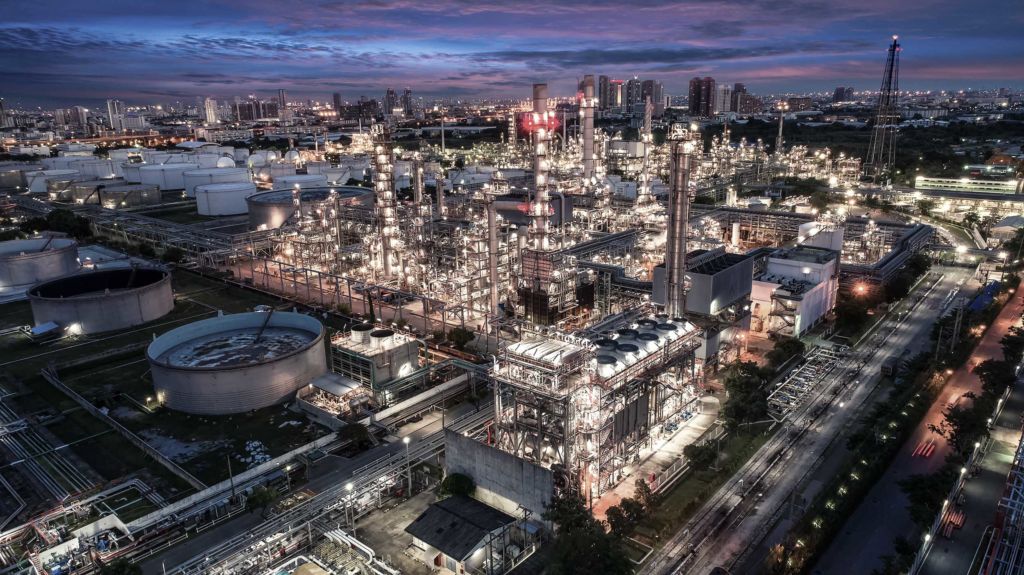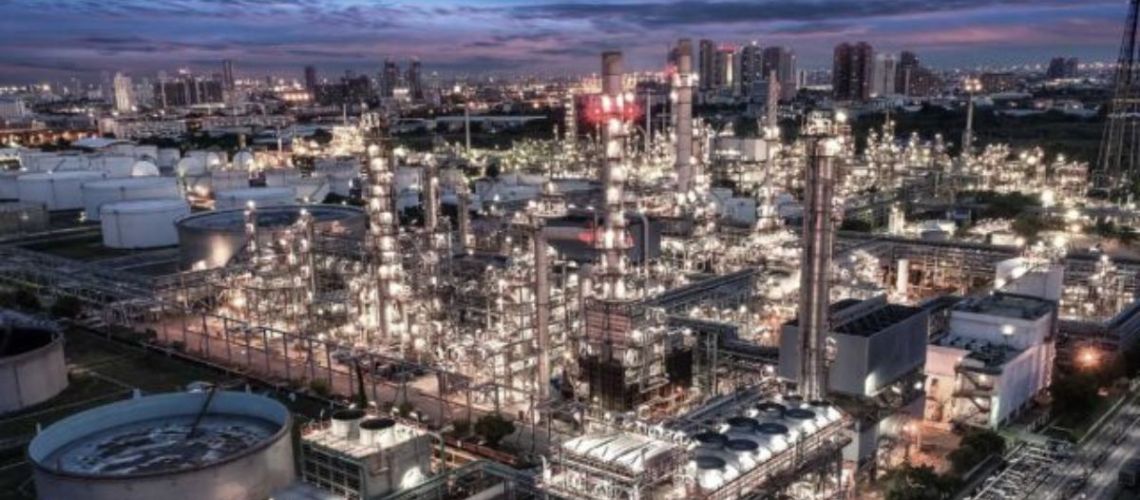
Within the IRA, $850 million in funding was provided to the Environmental Protection Agency (EPA) to implement the Methane Emissions Reduction Program (MERP). If implemented properly, MERP will become the new global gold standard for the synergy between governments, the oil and gas industry, and consumers.
The financial incentives being offered through the program gives Oil & Gas companies the ability select reliable and proven technologies that help reduce the methane footprint of their operations while utilizing improved equipment to build a cleaner, greener planet without disrupting the energy value chain on which the world depends.
According to the EPA, methane is the second most abundant greenhouse gas, accounting for 20% of all global emissions. Realizing this, the US Government included the MERP in the IRA to put a lid on one of the most prominent sources of methane emissions: Oil & Gas facilities.
Weighing the Pros & Cons
For decades, Oil & Gas companies have used their purchasing power on technologies they’re familiar with, prioritizing reliability over optimization. The energy supply chain is critical to the economy and any disruptions can be catastrophic. The problem is that many of these tried-and-true products are not environmentally friendly. The other issue is that optimized technologies may carry a perceived reliability risk. As ESG goals have developed greater prominence over time, the importance of innovating and optimizing standard equipment is now at an inflection point.
Previously, oil and gas companies have been hesitant to change any of the old equipment they currently use in fear of disrupting operational integrity. There are many factors they need to consider when it comes to making these changes and, in many cases, the owners and operators of these facilities believe that lower emissions technology may be less proven or less reliable.
The financial incentives now being offered through MERP were implemented to help alleviate some of these concerns. These incentives would help companies cover the additional costs they may incur when replacing their legacy equipment. Additionally, through helpful resources such as the EPA’s Natural Gas Star Rating, they will be able to select from a pool of products and technologies that have a stamp of approval from the EPA. It is of critical importance that Oil & Gas companies use equipment already proven in their facilities and currently being used in lower volumes, that meet the required reliability and Safety Integrity Level requirements.
Emissions from Control Valves
Emissions from the energy sector generally come from two sources: production and consumption. On the production side, most emissions are caused by valves, pumps, and flanges located in the complex piping systems of oil and gas facilities. These three sources are natural leak points and are therefore consistently the main drivers of emissions. Of these three, valves are the number one source of these emissions, and according to the EPA, they are responsible for 60% of all oil and gas emissions. EPA studies also show that a subset of 19% of valves, typically control valves, cause 95% of all valve emissions. This knowledge allows operators and manufacturers to narrow their focus and ensure proper distribution of funds.
It is evidently clear that through MERP, control valves need to be a major point of focus in the efforts being taken to implement low emissions technology and equipment. In replacing legacy valves with low emissions, or preferably, zero emissions control valves, such as the Dilating Disk™ Valve, facilities will not only be able to prevent methane from causing atmospheric damage, but they will also be keeping these hydrocarbons within their pipelines. This will allow companies to retain and sell more of their product, which would otherwise have been lost to the atmosphere; these savings can then be passed onto the consumer.
The Time is Now
Given the urgency of the climate crisis, it is commendable that the U.S. Government has shown its willingness to act on reducing the amount of harmful methane emissions in the oil and gas industry for the betterment of our planet, as well as the health and safety of the population.
Clarke Valve’s reliable, field-proven, low- and zero-emissions technologies will be able to provide oil and gas facilities across the United States with control valves that will have an immediate impact on eliminating methane emissions. Our goal is to help companies in America and across the globe achieve Net Zero operations by 2030. In order to hit those targets, we must act now.
